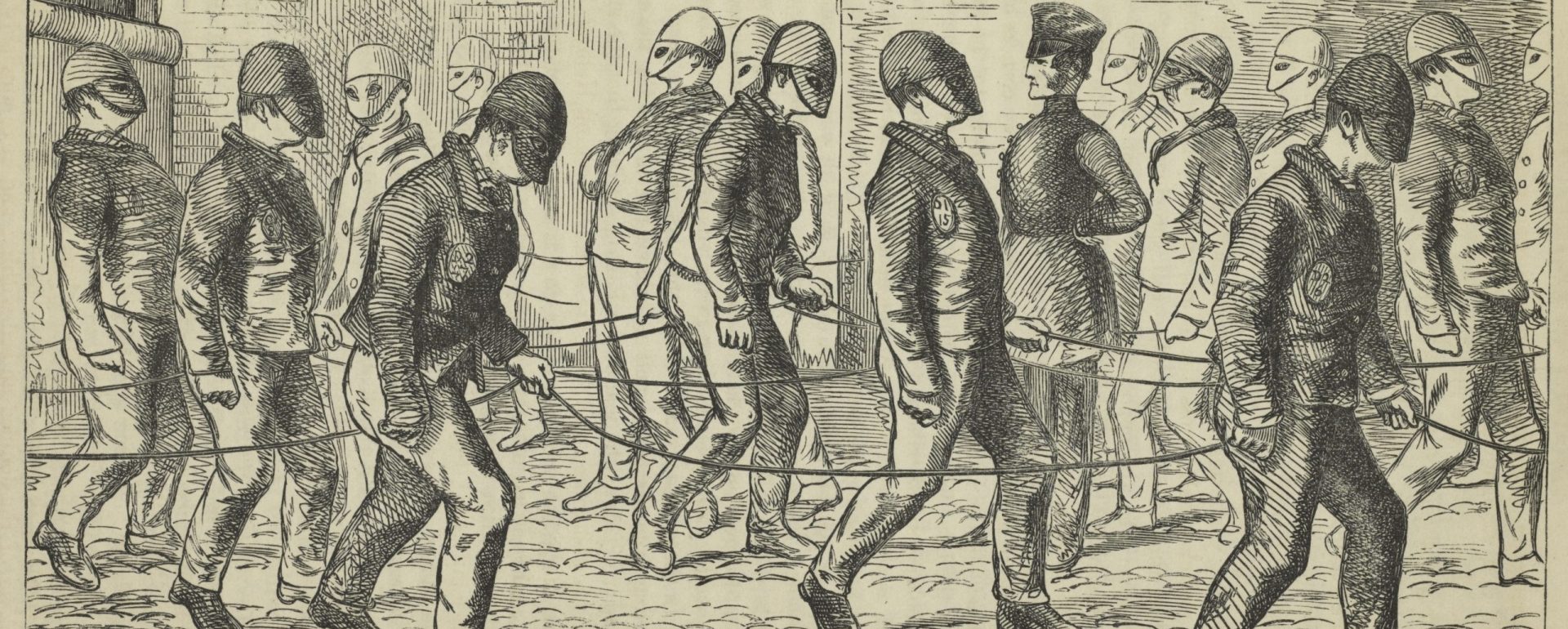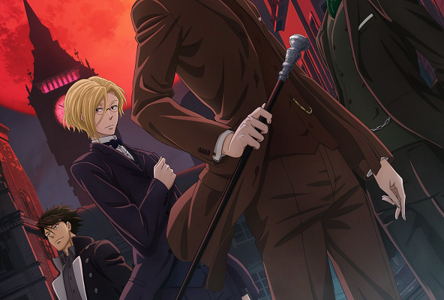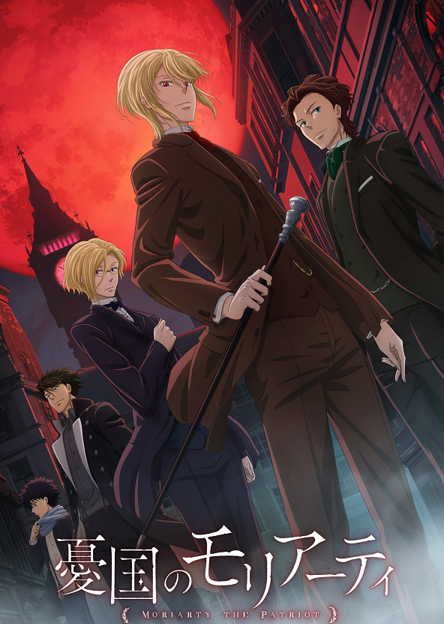
What if the only thing that could identify someone or some group of individuals as “criminals”, was all dependent on the perspective in which they are being viewed?
Changing the Perspective Can Change Whether or Not You are a “Criminal”
Should whether or not you are being portrayed as a criminal be dependent on a particular perspective? How can the perspective change who is or is not a criminal? In the anime Moriarty the Patriot, Moriarty and his organization are not viewed the same as they were in the original story The Final Problem by Arthur Conan Doyle. What if the only thing indicating he was the “villain” was the perspective in which he was being depicted? Changing the view can alter the way a person analyzes, especially when looking at criminals. In all senses of the word, William James Moriarty and his organization are criminals. However, the anime does not portray them as such. In the representation of the “criminal” they are portrayed as anti-heroes or vigilantes. What they are trying to achieve is just a world, where categories of class do not exist, and they are willing to do whatever it takes to get there. This is a world, where the ends justify the means. This is contradictory to how W. J. Moriarty was portrayed in the “Final Problem”. Depending on the media such as photographs, journal articles, TV shows, podcasts, etc and perspective in which representation is occurring about the criminal, it can be difficult to distinguish who the actual criminal is. The modern-day representation of Professor Moriarty will be compared with the original, to demonstrate ambiguity of what makes a criminal. The different perspectives, one on the side of the just and the other on the side of the law, will each reveal how depending on who’s narrating, can blur the lines between who is the actually “criminal” in the story. Image 1 demonstrates how Moriarty was depicted in the original and Image 2 was how Moriarty was depicted in the anime. So not only is the physical description of the character being different, but the weight of the character’s crime is different as well.
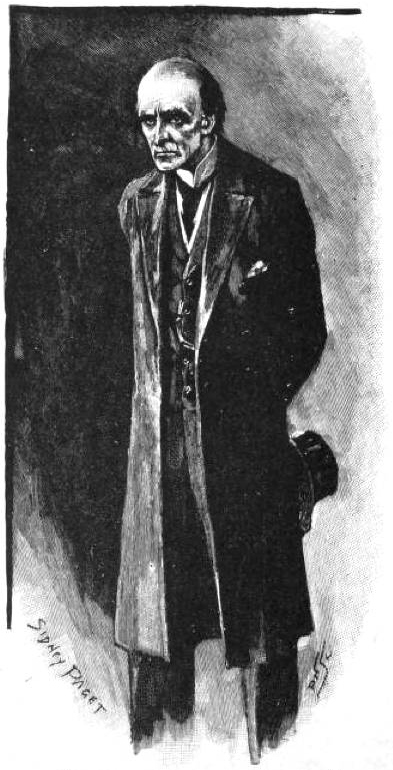
Image 1: Professor Moriarty fromt the Final Problem
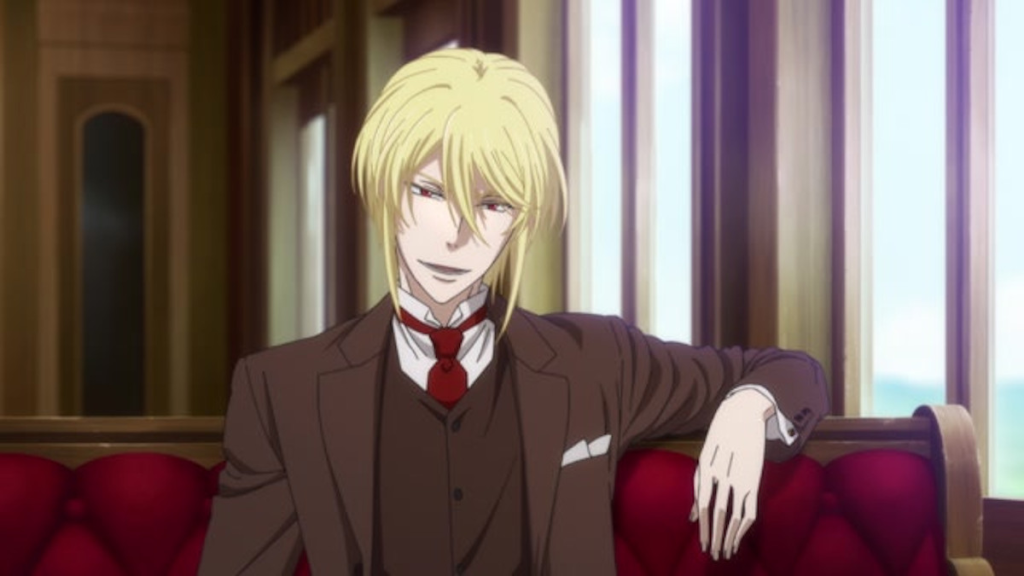
Image 2: Professor Moriarty from the Anime
The answer depends on whose perspective you are looking at. When a group of people go outside the law to get justice for other citizens, usually done because these individuals feel that the police that oversee the area are inadequate, are called vigilantes. In various media, vigilantes have had both positive and negative connotations, which is usually dependent on who’s being asked. In the eyes of the law, that are disrupting the natural order of things, and ruining civilization. Yet, if the people who they help are being asked, they are seen as heroes. In the original story of Moriarty, he is being looked at through the eyes of Holmes who is the embodiment of what it means to be law enforcement. He is described as thin and tall, with a sunken head, reptilian characteristics (Doyle, 3). Holmes only sees him as a threat to civilization, and that there is no reason to go outside the law. Even his physically appearance is being described as snake, which serves to emphasis that Moriarty is not a good man. Yet, in the anime he is sometimes described as a gentle soul, and his physical appearance is overall soft, expect for his eyes which are vibrate red. In the anime, Moriarty and his group get justice for the lower class that has been abused and taken advantage of by this class system. If these individuals were to be asked whether they think Moriarty is a criminal, for the most part the answer will be no. Moriarty is a figure behind the scenes, who seeks to gain order, and equality for all Great Britain citizens.
The Counter
However, it can be argued that even in the anime Moriarty and his organization are still being portrayed as “the criminal”. That since they are committing crimes, they are in fact criminals. In an article written about the anime in comparison to the original short story, it demonstrates that crime is being romanticized. That the actions of Moriarty and his group are acceptable because it is justified. They are still being represented as “the criminal” it’s just not a bad thing. Yet, the whole idea is that “the criminal” representation is dependent on perspective, so one cannot say for sure who the criminal is. Once could argue that in this case, the noble class, or the class system in general is the actual criminal. One cannot define a criminal based on committing crime. Because stealing is a crime, if a ten or young person steals an item from store, will be looked at as a criminal for the rest of their lives? What are the terms in stating that someone is a criminal? And are these terms the same for everyone regardless of their social status. Vigilantes are outside the law, yet if there was a documentary done about their actions from the perspective of law enforcement versus that of the group of people that their actions are helping, this would be vast difference of opinions.
Conclusion
Overall, the representation of “the criminal” can change drastically depending on the perspective in which is being viewed. This anime demonstrates that even when committing actions that are obviously crimes, how they are interpreted depends on multiple factors. One can argue that if you commit a crime, it makes you a criminal. However, it can be shown that being born into particular circumstances either makes you more susceptible to crime or you can be born a criminal because of these circumstances. When looking at representation, it is key to know what perspective is being considered.
Reference:
1] “The Earl’s Crime”, “The Scarlet Eyes Act 1”, “The Noahtic Act 1 and 2”, and “The Final Problem Act 1 and 2.” Moriarty the Patriot, created by Taku Kishimoto, season 1 and 2, episode 1, 2, 4, 6 and episode 12, Viz Media, 2020.
2] Doyle, Arthur Conan. “The Final Problem – Sherlock Holm.” The Complete Sherlock Holmes Canon, 2014, https://sherlock-holm.es/stories/pdf/a4/1-sided/fina.pdf, https://sherlock-holm.es/.
*Note: The discussion questions are embedded into the paper. They are bolded and italicized. *
